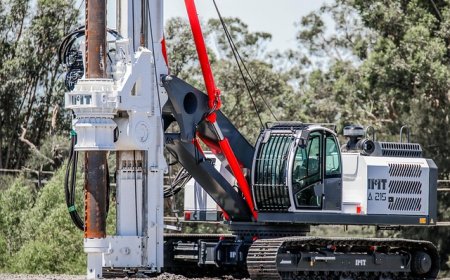Decoding Molecular Interactions: Advanced Techniques for Protein and DNA Binding Studies
Profacgen's protein interaction services combine cutting-edge technologies with deep scientific expertise to deliver reliable, publication-quality results.

In today's post-genomic research landscape, elucidating protein-protein and protein-DNA interactionsrepresents a fundamental pillar of molecular biology and therapeutic development. These dynamic interactions orchestrate essential cellular functions ranging from gene regulation to signal transduction, making their precise characterization critical for both basic science and drug discovery.
The Central Role of Protein Interaction Networks
lCellular signaling and function rely on intricate protein interaction networks where:
lTranscription factors bind specific DNA sequences to control gene expression programs
lEnzymes recognize and modify their substrates with exquisite specificity
lMultiprotein complexes assemble to execute functions like DNA repair and immune responses
lStudying these interactions presents unique challenges due to their often transient nature, weak binding affinities, and context-dependent behaviors. Advanced detection platforms are required to capture these elusive molecular events reliably.
Comprehensive Protein-Protein Interaction AnalysisPlatforms
Researchers now have access to an extensive toolkit for probing protein-protein interactions, each method offering unique advantages:
Biophysical Approaches
Surface plasmon resonance (SPR) provides real-time monitoring of binding events with label-free detection, enabling precise kinetic measurements. Isothermal titration calorimetry (ITC) yields thermodynamic parameters of interactions through heat change measurements.
Biochemical Methods
Co-immunoprecipitation preserves native protein complexes from cell lysates using specific antibodies, while GST pull-down assays allow controlled isolation of interacting partners. Crosslinking mass spectrometry captures transient interactions by stabilizing complexes for structural analysis.
Genetic Systems
The yeast two-hybrid system enables genome-wide screening for novel interactors in vivo, and mammalian two-hybrid systems extend this capability to human cells. Protein complementation assays like BiFC (bimolecular fluorescence complementation) visualize interactions in living cells.
High-Throughput Technologies
Affinity purification coupled with mass spectrometry (AP-MS) comprehensively identifies interaction partners, and protein microarrays enable large-scale interaction screening. Proximity-dependent biotinylation techniques (e.g., BioID) map interaction neighborhoods in living cells.
Precision Analysis of DNA-Protein Interactions with EMSA
For studying transcription factor binding and other DNA-protein interactions, the electrophoretic mobility shift assay (EMSA) remains an indispensable tool. This technique detects binding through changes in DNA probe migration during gel electrophoresis, offering several key applications:
1.Verification of predicted transcription factor binding sites
2.Quantitative assessment of binding affinities
3.Examination of how post-translational modifications affect DNA binding
4.Identification of cooperative binding between multiple proteins
5.Profacgen's optimized EMSA services encompass the complete workflow from probe design to data interpretation, including specialized offerings like:
6.Fluorescent and radioactive labeling options
7.Competitive binding assays with unlabeled probes
8.Antibody supershift experiments for complex identification
9.Quantitative analysis of binding constants
Integrated Strategies for Comprehensive Interaction Analysis
Cutting-edge research increasingly combines multiple techniques to obtain complete interaction profiles:
lInitial discovery using yeast two-hybrid screening or AP-MS to identify potential interactors
lValidation through co-IP or pull-down assays under physiological conditions
lBiophysical characterization using SPR or ITC to determine binding parameters
lFunctional studies employing EMSA or ChIP-seq to examine DNA-binding consequences
lCellular localization and dynamics analysis via fluorescence microscopy or FRET
lThis multi-modal approach provides orthogonal validation and deeper mechanistic insights than any single method alone.
Tailored Solutions for Your Interaction Studies
Profacgen's interaction analysis servicesare designed to address diverse research needs:
lBasic research: Comprehensive characterization of novel protein interactions
lDrug discovery: Screening and validation of compound-target interactions
lDiagnostic development: Optimization of binding assays for clinical applications
lStructural biology: Interface mapping for complex determination
Our team of experts assists with:
? Technology selection guidance based on your specific targets
? Custom experimental design for challenging interactions
? Advanced data analysis and interpretation
? Seamless integration with downstream applications
Accelerating Your Research with Specialized Expertise
Whether you require:
lValidation of a newly discovered protein interaction network
lCharacterization of a transcription factor's DNA-binding properties
lScreening for compounds that modulate critical interactions
lComprehensive analysis of a signaling complex
Profacgen's protein interaction servicescombine cutting-edge technologies with deep scientific expertise to deliver reliable, publication-quality results. Our platforms are continuously updated to incorporate the latest methodological advances, ensuring you have access to the most powerful interaction analysis tools available.











































